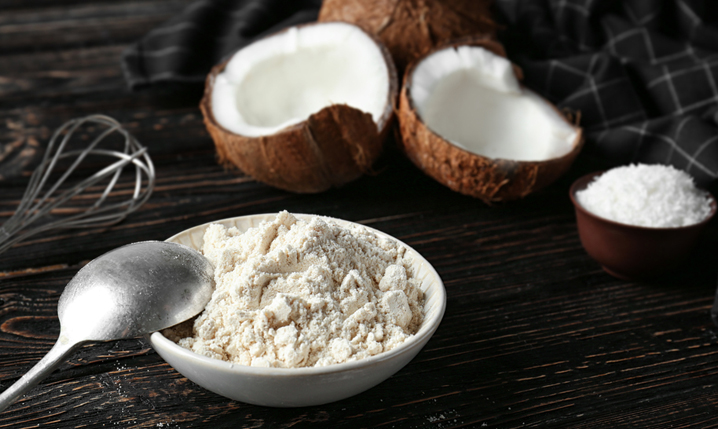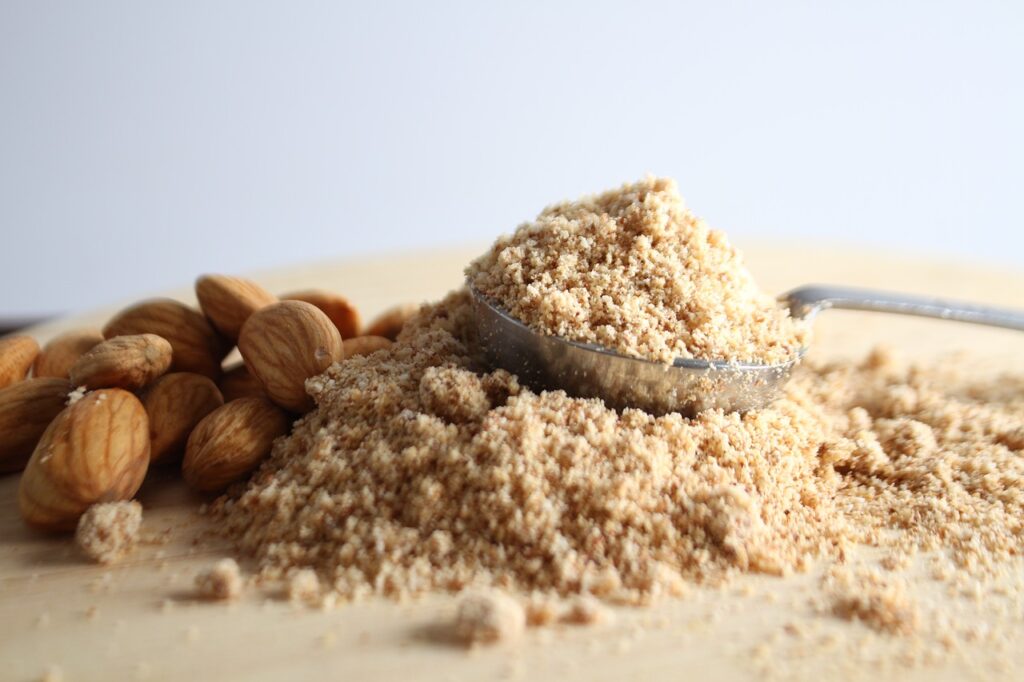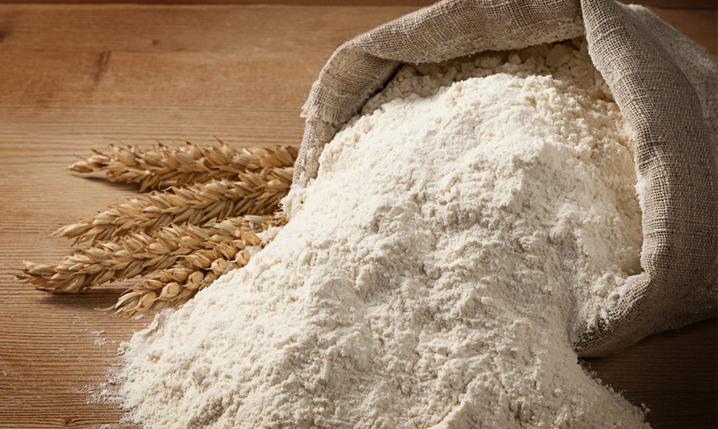Soy flour is made from roasted, ground-up soybeans. It is an effective gluten-free replacement for regular flour and an excellent ingredient in its own right. However, there are many occasions when you might need a soy flour substitute as well.
Soy flour has been popular in the West for several centuries as an alternative ingredient for people who have diabetes. You can get it in two varieties: full-fat or defatted soy flour. Many people consider soy flour a health food due to its relatively low-fat content, particularly in the defatted varieties, and its high protein and mineral content.
However, soy flour is not healthy for people allergic to soy or those with thyroid problems. It can also be difficult to find outside of health food stores.
So no matter the reason you need a substitution you can rest assured that there’s an alternative for you. Let’s take a look at some of the best alternatives to soy flour.
6+ Excellent Substitutes for Soy Flour
1. Rice Flour

Rice flour is a gluten-free flour made from ground-up rice. You can get brown rice flour, which is made from the whole rice grain, or white rice flour, which is made from hulled rice kernels. Both types of rice flour are gluten-free and packed with nutrients.
Rice flour works well as a substitute for soy flour because they have similar tastes, textures, and nutritional benefits. You do not have to make any calculations; just use an equal amount of rice flour as soy flour.
2. Water Chestnut Starch
Water chestnut starch is a powdery, flour-like substance extracted from the water chestnut, an aquatic vegetable whose roots resemble nuts. Water chestnut starch is a grain-free alternative to most flours.
Water chestnut starch works well as a substitute for soy flour because both ingredients are gluten-free and starchy, so your dish will hold together. However, if you are using water chestnut starch in place of soy flour, try to use it as a coating or thickener instead of in batter. While you can use water chestnut starch in doughs, it usually does not hold together well enough.
3. Coconut Flour

Coconut flour is another popular gluten-free alternative flour. It is made from the shredded, ground-up flesh of the coconut. Its starchy texture and high nutrient content make it a popular ingredient in many gluten-free doughs.
Coconut flour works well as a substitute for soy flour because it is also gluten-free and has a similar texture. However, coconut flour has a much sweeter taste than soy flour. Mix it with another flour alternative, or adjust the other ingredients to compensate for the sweetness in your dish.
4. Almond Flour

Almond flour is one of the most popular gluten-free flours, so you should have no trouble finding this substitute even in your regular supermarket. Like soy flour, it is packed with protein and nutrients.
Its nutty flavor somewhat parallels soy flour’s bitter taste without being overpowering in the same way, which is why many people prefer almond flour to soy.
However, almond flour is much denser than soy flour. If you are making this substitution, you will have to adjust your ratios to account for less flour and moisture and more of the binding ingredient that you are using.
5. Quinoa Flour
Quinoa flour is another superfood, just like soy flour. None of the health benefits of protein-packed quinoa grains are lost when these fine seeds are ground down into a floury powder. Quinoa flour is not only rich in protein like soy flour, but it also contains high quantities of amino acids.
If you are using soy flour because you are conscious about your health, then quinoa flour is a good substitute. They also have similar textures. However, be prepared for the fact that quinoa flour has a much stronger, more bitter taste.
6. Wheat Flour

In a real pinch, you can always use regular wheat flour as a substitute for soy flour. There is a reason why wheat flour is so ubiquitous: its neutral taste and robust texture make it a versatile base for many dishes. If you are health-conscious, use whole wheat flour.
When using wheat flour in a recipe, keep in mind that it has less protein than soy flour, so you may need to add extra protein in the form of another egg. Wheat flour is also not gluten-free, so this may not be the best substitute for someone with a gluten sensitivity.
Conclusion
No matter the situation you will find an excellent soy flour substitute in the list above. Whether you’re making breads, cakes, or need a crispy batter you can choose one of these replacements for your recipe in a pinch.
